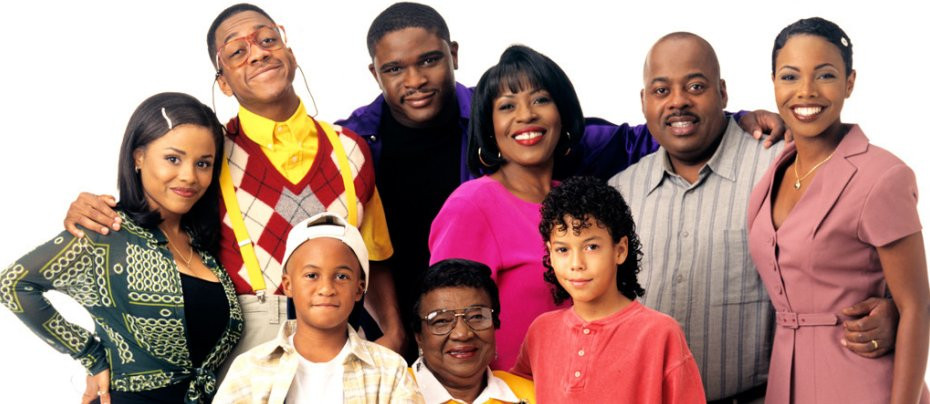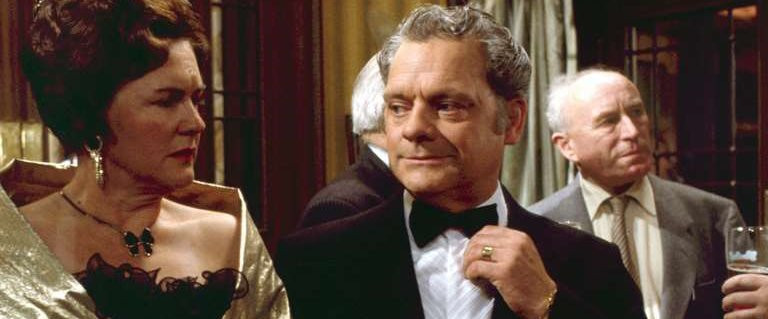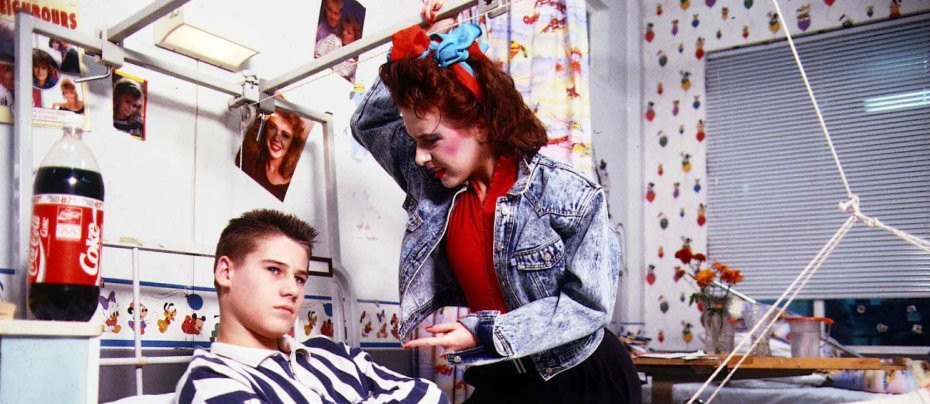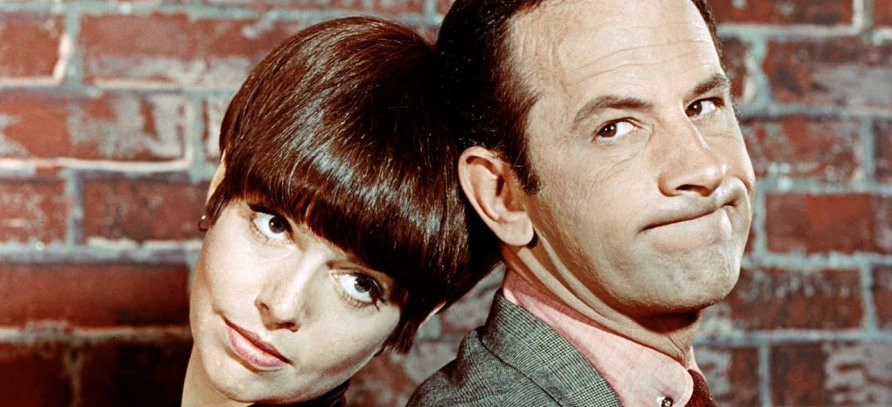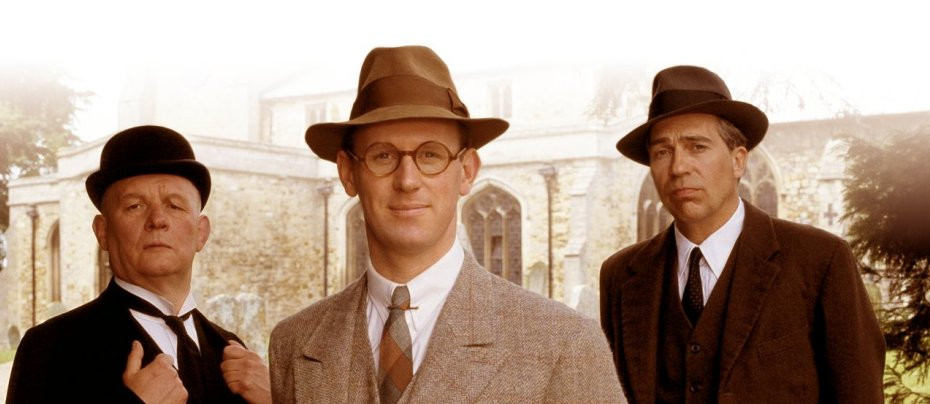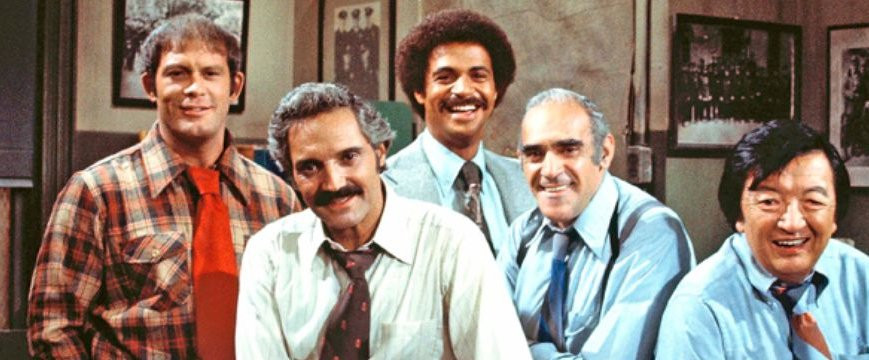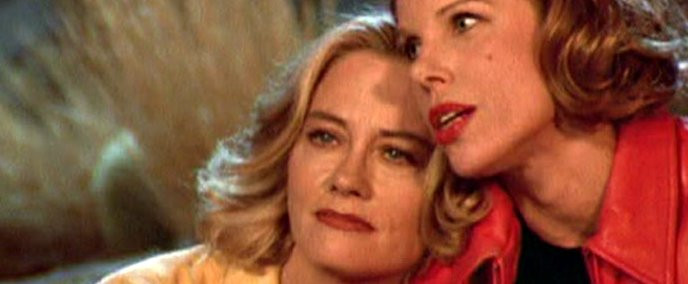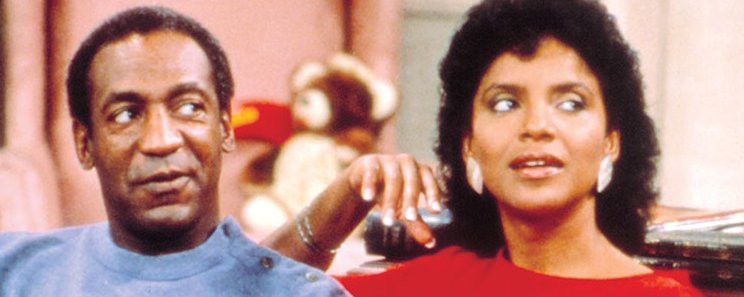
Seinfeld
1989 - United StatesProbably the most influential and successful US situation comedy of the 1990's, Seinfeld began as a pilot about a standup comic who used his own life as the basis for his material. But thanks to a brilliant cast and top-notch writing (and a refusal to play by the rules), Seinfeld defined its decade much as I Love Lucy epitomized the 1950's and All In the Family reflected the 1970's.
In its eight-year run, no one on Seinfeld learned from their mistakes or grew emotionally. ("No lessons, no hugging" was the rule of co-creator Larry David). In fact, the show delighted in poking fun at institutions usually considered "politically correct": disabilities; sexual practices; religion; bodily functions; ethnicity and racism. Yet the show managed to get big laughs out of each one. Seinfeld also created a vocabulary of its own. "Soup Nazi"; "Sponge-worthy"; "Shrinkage"; "Giddy-up"; "Master of my domain"; "Yada Yada" and "Not that there's anything wrong with that"--these and other phrases came from the lips of comic Jerry Seinfeld, his former lover and friend Elaine Benes (Julia Louis-Dreyfuss) , neighbor Cosmo Kramer (Michael Richards) and childhood buddy George Costanza (Jason Alexander). Not bad for a group of neurotic New Yorkers.
Real-life comedian Seinfeld (whose first major TV role was a messenger boy on the first season of the comedy Benson) got together with writer Larry David to create and write the pilot of the show, which was originally called The Seinfeld Chronicles. NBC nearly passed on the show--the network's late entertainment president, Brandon Tartikoff called it "too New York, too Jewish." Test audiences were split. But the show had a true believer in Rick Ludwin, the network's senior vice president for specials. Ludwin actually took money from his own department's budget to fund four more episodes. The shows did not do all that well in the ratings, but Seinfeld--the name was shortened to avoid confusion with a short-lived ABC series called The Marshall Chronicles--began airing as a midseason replacement in January 1991.
By the 1992-93 season NBC was no longer at the top of the ratings. Even worse, the cast of NBC's only top-ten hit, Cheers, decided to end the show's run. NBC gambled and slotted Seinfeld behind Cheers in midseason. The move worked, as Seinfeld cracked the top ten. By the fall of 1993, Seinfeld inherited the coveted Cheers timeslot (Thursday nights at nine), and became the network's biggest hit. A year later, Seinfeld was the cornerstone of a night NBC now trumpeted as "Must-See TV" along with Friends and ER, and a slate of mediocre comedies that did well only because they aired after Friends or Seinfeld.)
Seinfeld began finding a rhythm and honing it. Some critics called it "a show about nothing" because most episodes did not have a major plot point as so many comedies do. Instead, Seinfeld dealt with small situations such as the gang waiting for a table at a Chinese restaurant; looking for a car in a crowded shopping mall while carrying a room air conditioner; or even Jerry handing Elaine a Pez candy dispenser, which causes her to break up during a recital featuring George's new girlfriend who was performing a piano solo. Those events brought the best of the worst among them--Jerry's neurotic need for perfection; Elaine's sometimes overwrought enthusiasm; George's selfish, sometimes dishonest streak; and Kramer's wacky yet unique viewpoints on life and love. And the four leads were as selfish as any TV character had a right to be. Outsiders (girlfriends, boyfriends, parents) do not seem to be allowed in the clique; one will easily sell out the other for personal gain or gratification--not to mention what "Entertainment Weekly" once called a "pathetic whiff of desperation about their need for one another."
Significantly, none of the four main characters were married, leading to a rash of US "singles" comedies such as Friends, Ellen, The Drew Carey Show, and Suddenly Susan. Yet in Seinfeld there is an obsession with sex and relationships between men and women. Jerry is known to have dumped a number of women for such "flaws" as "man hands"; not tasting his pie; wanting to share toothbrushes; and even for having a strange laugh! George pines for a woman, yet treats her like trash when they date. Elaine and Kramer seem to have no problem getting dates, but for the most part, the relationships do not last long. While there were only four main characters on the show, a long cast of supporting players combined to give Seinfeld its spark. Among them are Barney Martin and Liz Sheridan, who played Jerry's parents Morty and Helen Seinfeld. George had to deal with the squabbling Frank and Estelle Costanza (played to the hilt by Jerry Stiller and Estelle Harris). As for Jerry, a long string of girlfriends came and went--including such actresses as Jane Leeves (Frasier); Courtney Cox (Friends); Teri Hatcher (Lois and Clark, Desperate Housewives); and Debra Messing (Will And Grace).
The engine that drove Seinfeld (next to Seinfeld himself) was co-creator Larry David, who based George Costanza on his own life. His scripts captured Seinfeld at its best. But in 1996, David decided to quit the show. Seinfeld then became executive producer, and the show continued its winning ways (even though by this time, critics thought the show had lost some of its spark).
By the fall of 1997, Seinfeld was making one-million dollars an episode; his costars were pulling in half-a-million each. But after nine years and more than a hundred episodes, the workload was getting to be too much. Around Christmas 1997, Seinfeld met with NBC executives (and their superiors at parent General Electric), and told them the 1997-98 season would be his last. The news hit NBC hard; the network hoped it could talk Seinfeld into doing one more season so it can start grooming a successor for the Thursday at nine slot. (Because of its popularity among viewers 18 to 49 years old--a group advertisers paid a premium to reach -- Seinfeld was generating a reported 200 million dollars a year in advertising revenue for NBC.) But Jerry Seinfeld was firm. The show would end, even though the network enticed him with a record five-million an episode. And end it did, on May 14th, 1998, with a one-hour and 15-minute episode (preceded by a 45-minute "clip" flashback episode).
After he announced the end of his series, Jerry Seinfeld told "Time" magazine that television "is like a flyer somebody sticks on your windshield. Who gives a damn what's on it? It's iridescent wallpaper. Sometimes I think people just like the light on their faces." At least in Seinfeld's case, the light was a lot brighter.
Seen this show? How do you rate it?
Seen this show? How do you rate it?
Published on January 28th, 2019. Written by Mike Spadoni (April 2001) for Television Heaven.


